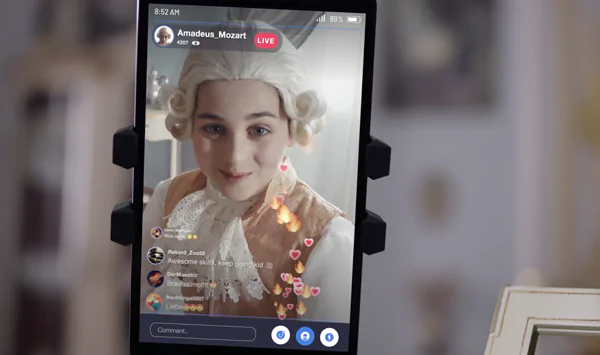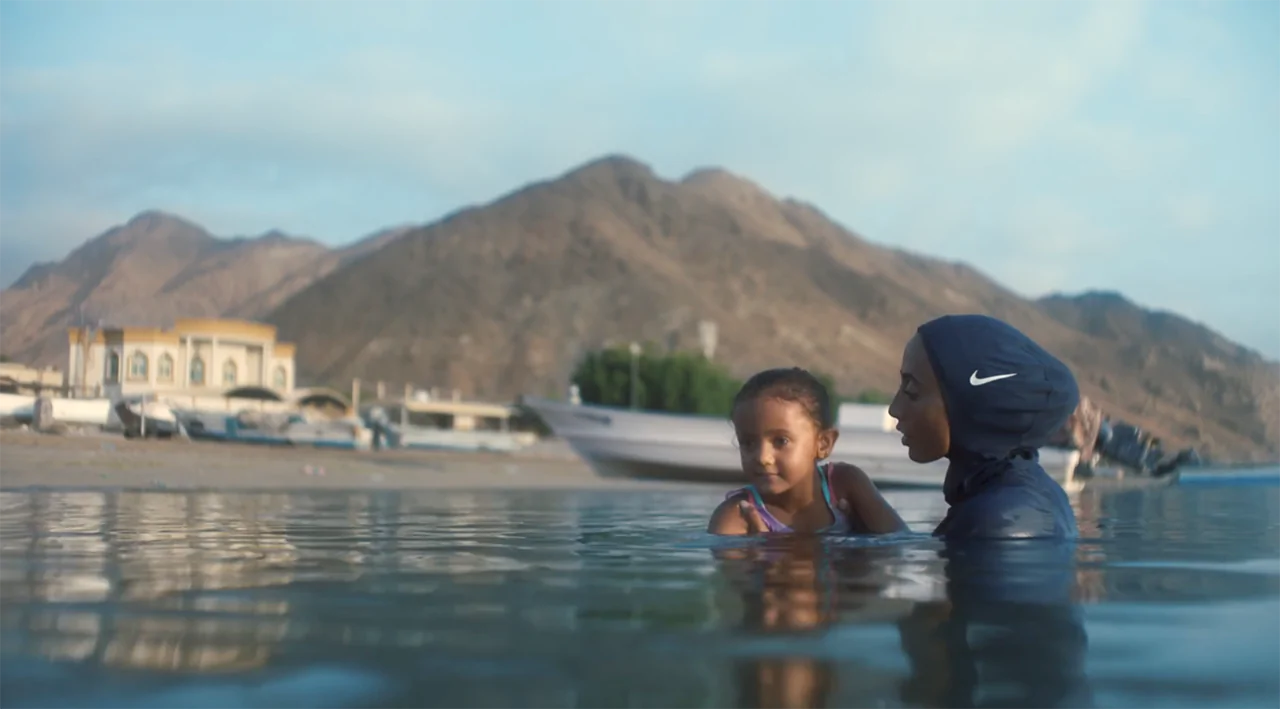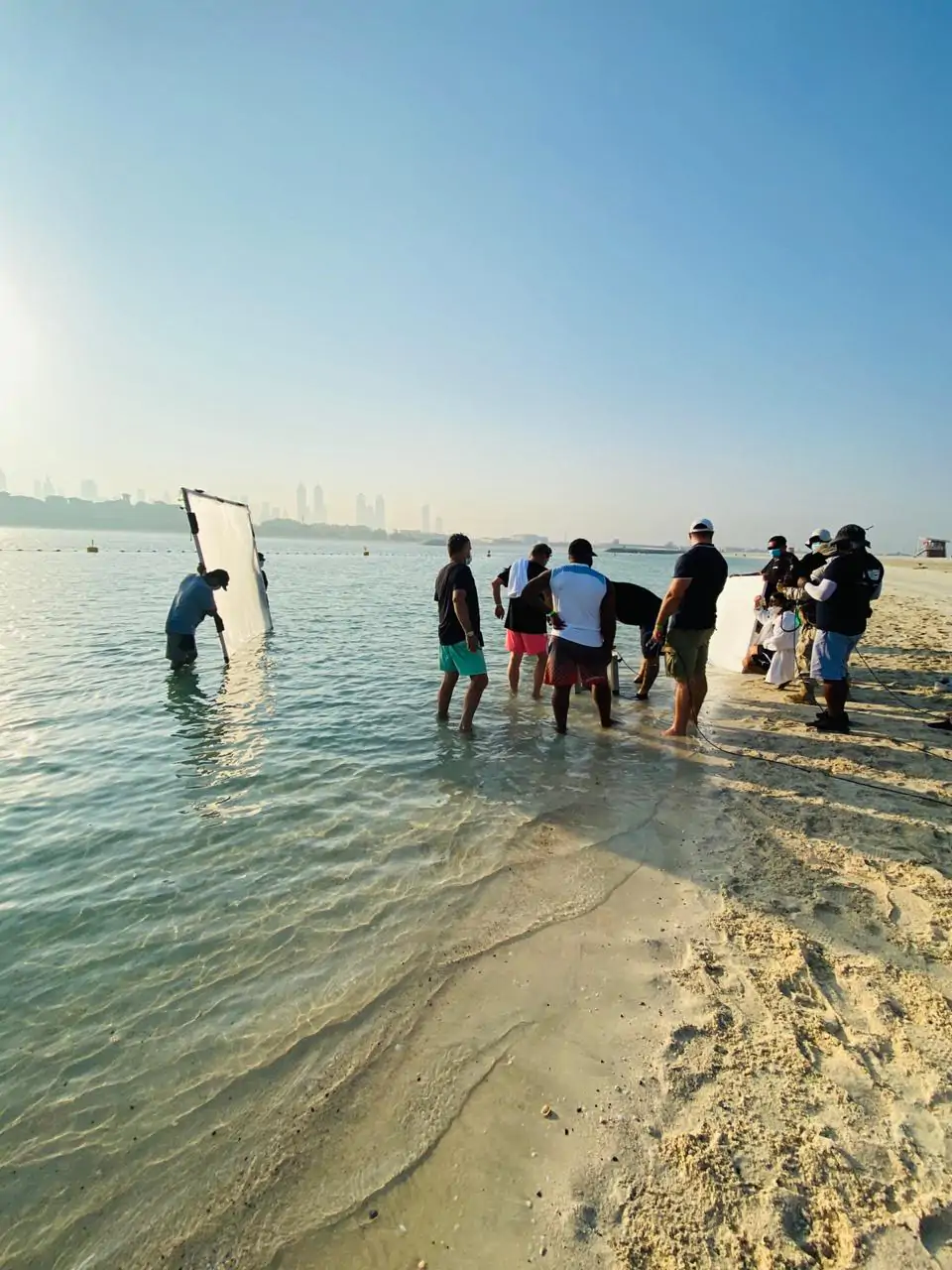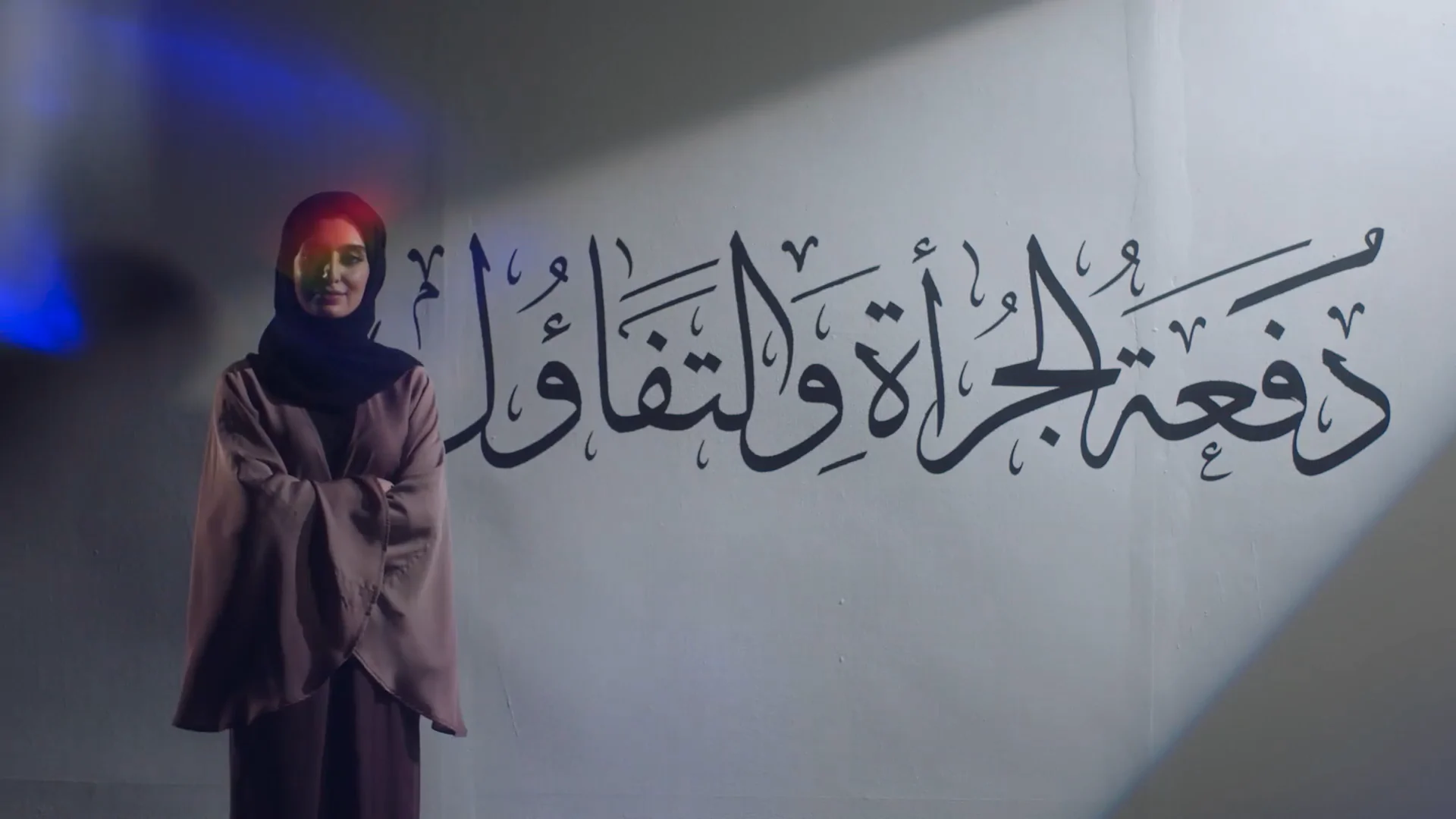Adapting and adjusting is the way of the world. While the world is in a pandemic state, industry professionals have had to modify their methods quickly by conforming to social distancing and travel restrictions and adapting to remote shooting methods.
While it is uncertain how long COVID-19 is here to stay, for the foreseeable future Filmworks has come up with five tips on keeping the show running from a distance.
1. Divide and Conquer
Split the crew into pods. As manageable smaller groups, these pods can be brought in at different times to prevent an overcrowded set. This system makes it easy to track who has been in contact with whom. The pods are divided into working units and rotated to be on set when required—minimising a full set with teams standing by for their turn.
Although this does slow down shooting, a far more significant delay would be having to close or postpone the shoot indefinitely due to your set becoming a coronavirus hotspot. Minimising contact reduces the risk and allows the production to move forward.
2. Remote Teamwork makes the Dream work.
Flying in an entire team is difficult, if not impossible, when travel restrictions are tight. Rather consider hiring.
By hiring a local team you:
- Are supplied with a professional technical crew
- Are supplied with experienced directors, producers and cameramen
- Minimise travel and accommodation expenditure (needed revenue for the additional cost of COVID-19 testing, monitors, and sanitising stations)
- Reduce transmission risk
3. Live Streaming
Whether live-streaming the footage to the Client, Agency, or even Director, the video assist system lets the creative team connect with and provide feedback to the production crew.
With a remote monitoring system, the crew crowding around one or two monitors is limited. Key crew members who need to be in on the action can have a secure link from the monitoring system to their iPads.
QTAKE System is an advanced video assist software application which allows professionals to playback a shot repeatedly, capture, log, edit and process the video output of any camera. The system allows everyone involved to collaborate and progress as best they can to a real-life work situation.
4. The Smaller, the Safer
Do your best to scale down the on-set crew and keep the equipment to a minimum. Perhaps limit the number of extras and assistants.
Reducing equipment means fewer hands needed on set. A difficult feat, but consider making the most of natural light to limit lighting equipment needed and therefore lighting crew.
5. Maximise the Most Out of Your Location
When shooting, consider locations that can offer you the most geographical variation, as travelling to numerous countries will likely be difficult.
Abu Dhabi, Dubai and the Emirates have much to offer when it comes to location diversity. From the sea to the desert, and from an ultra-modern metropolis to old archaeological sites, it is easy to recreate another part of the world on screen.
See UAE filming locations here.





















